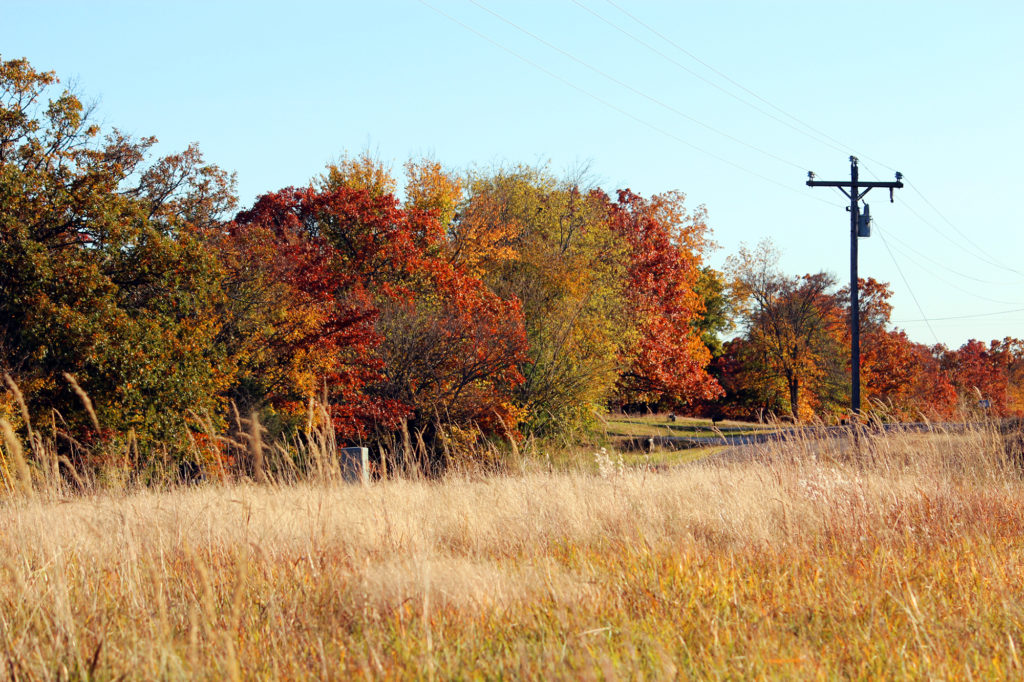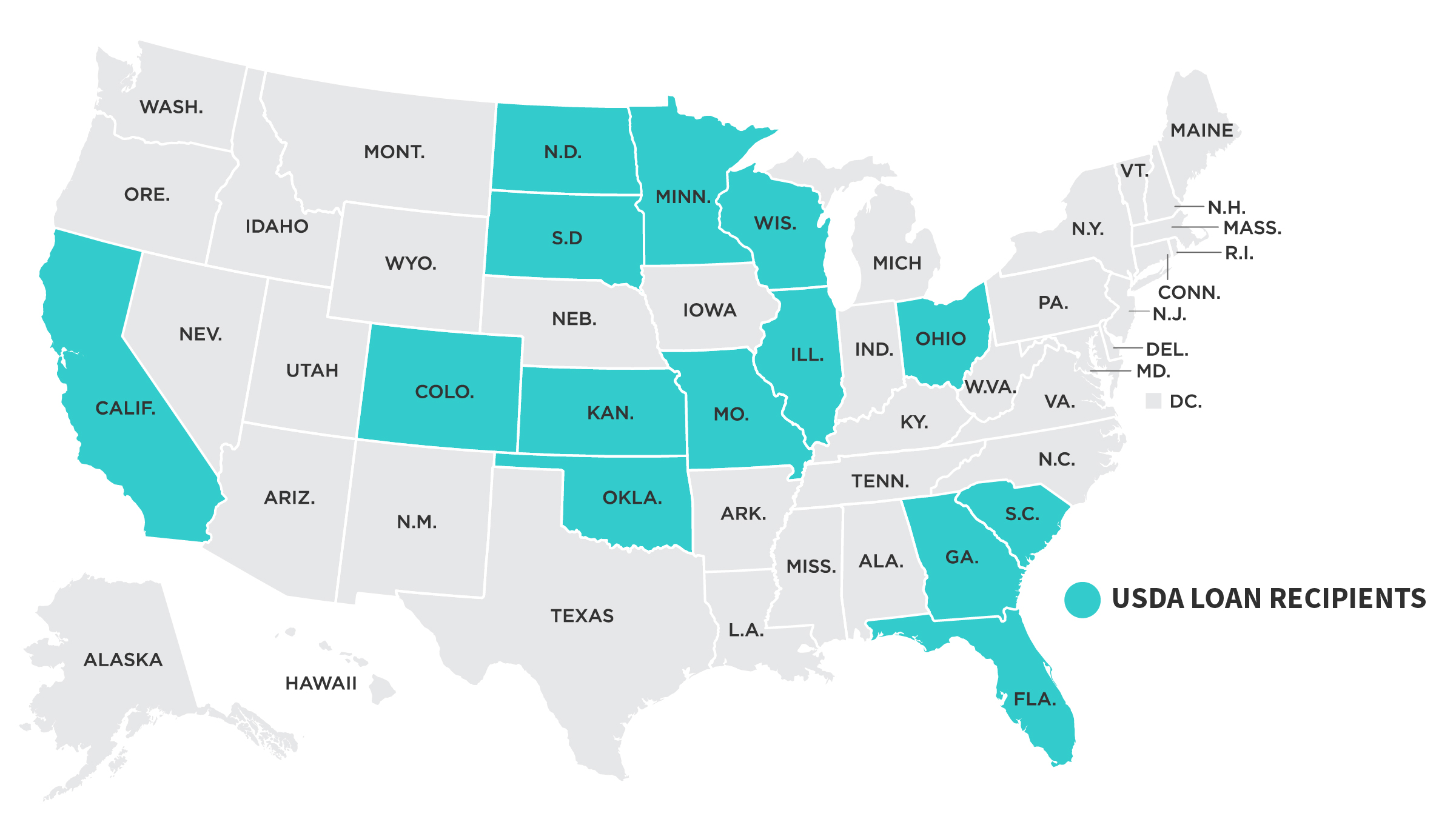
Electric cooperatives will receive nearly $350 million for infrastructure improvements, new power lines and smart grid technologies in a new round of loans from the Department of Agriculture.
The loans to 19 co-ops and a public utility district in 14 states are being made through the USDA’s Electric Infrastructure Loan and Loan Guarantee program, which helps finance generation, transmission and distribution projects; system improvements; and energy conservation projects in communities with fewer than 10,000 residents.
These funds will enable recipients to improve service for more than 1 million residential and commercial consumers, according to the USDA.
“Delivering reliable and affordable electricity to power rural America will help lay the groundwork for increased rural prosperity and economic opportunity,” Agriculture Secretary Sonny Perdue said in a statement.
The loans include $7.9 million for smart grid technology, including computer applications, two-way communications, geospatial information systems and other tools to increase the reliability and efficiency of electric power systems.
USDA Loans Will Benefit Rural Communities
Goodhue County Cooperative Electric Association in Zumbrota, Minnesota, will use some of its $7.75 million loan to install a new metering system in its heavily rural residential service area of about 5,100 accounts.
The money will allow the co-op to engage in two-way communications, real-time outage monitoring and improved load control strategies.
“We’re a small co-op, so we don’t have full-time staff to take advantage of the entire toolset right away, but we will be able to put more accurate information in the hands of our members immediately,” said Kelly Hovel, general manager. “When the old meters fail to read, we must do it manually, costing us money, which, in turn, costs our members money.”
Check out the full list of the USDA co-op loans announced Aug. 6.
Victoria A. Rocha is a staff writer for NRECA.
